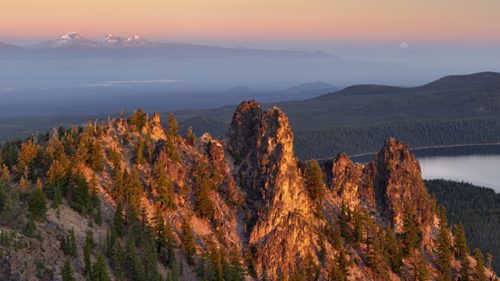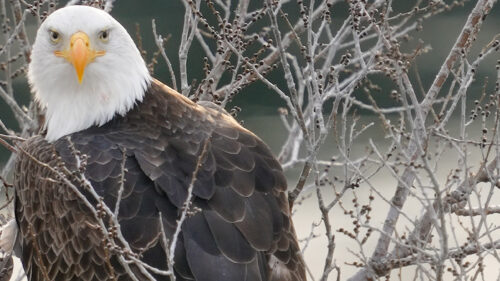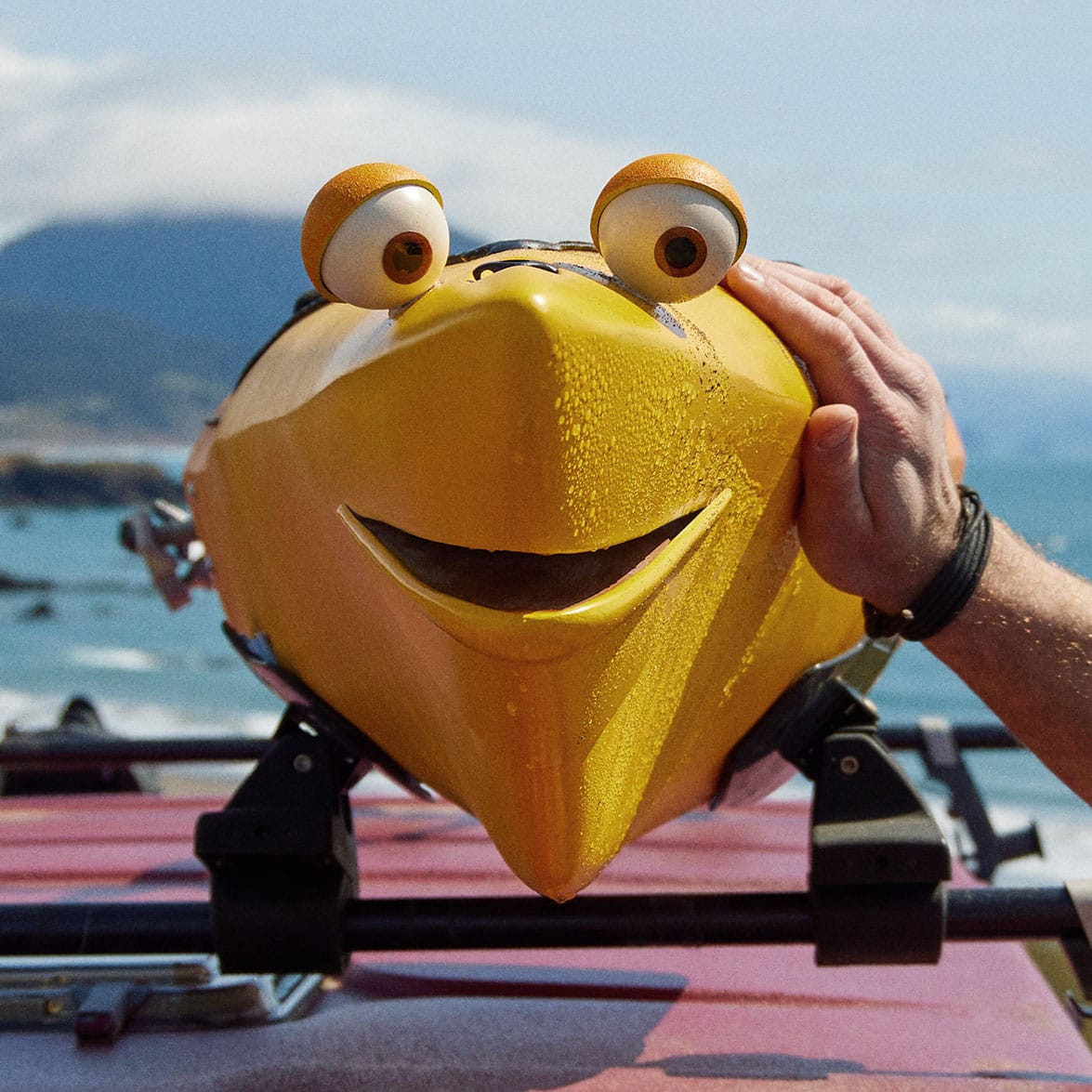In 1973 Congress passed the Endangered Species Act, a landmark law to protect and restore native plants and animals in danger of extinction. To mark its 50th anniversary, the High Desert Museum in Bend is launching a yearlong commemoration with a trio of exhibitions, along with speakers, family activities and other events throughout 2024, all illustrating the far-reaching impact of this milestone act.
“One of the wonderful things about the High Desert Museum is that we take an interdisciplinary approach, telling the region’s story through art, culture, history and the natural world,” says director of communications and visitor experience Heidi Hagemeier. “That gives visitors so many ways to engage with a topic.” Here’s how to experience the museum’s mesmerizing exhibits inspired by threatened species — and maybe even see one in person.
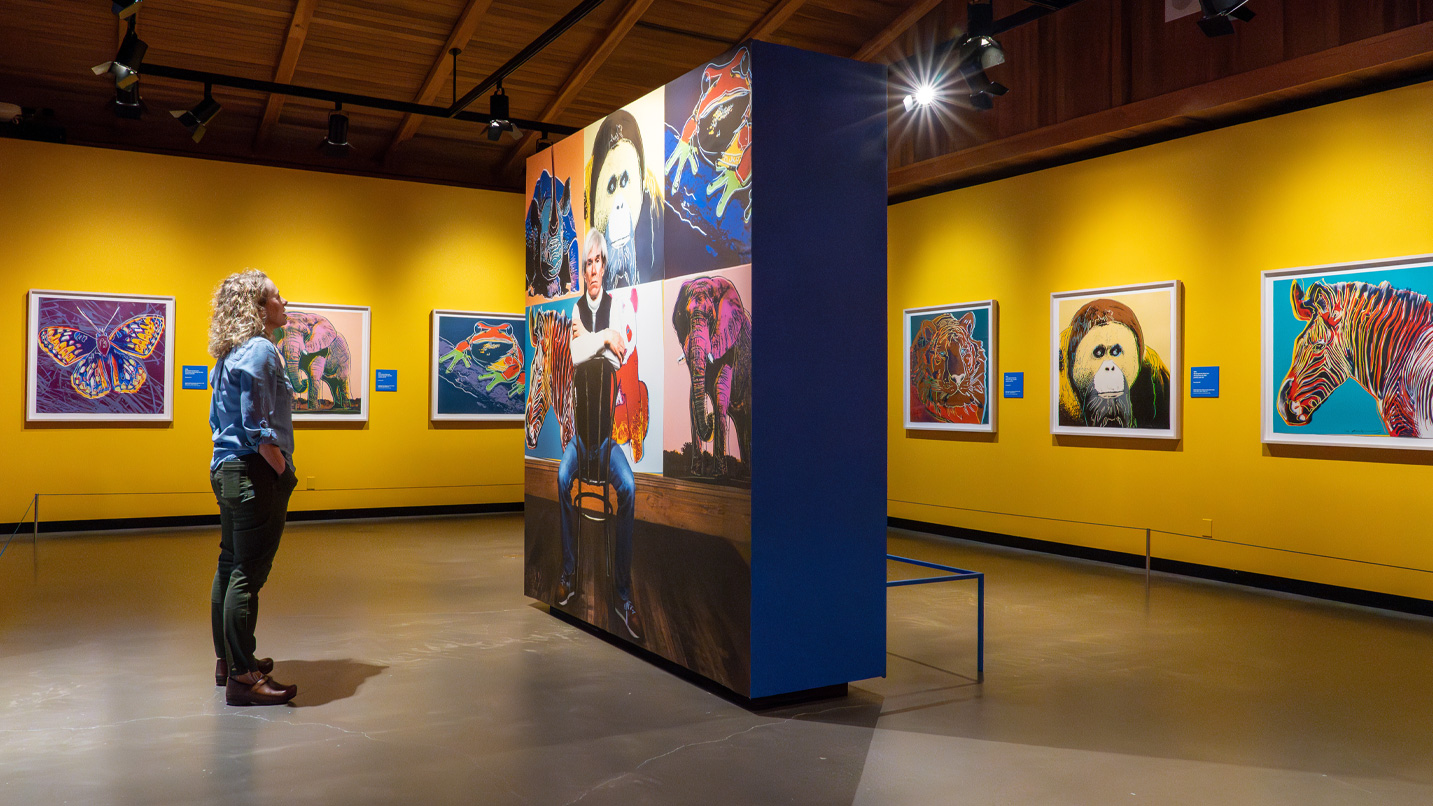
See Endangered Species Through Warhol’s Eyes
Many of us are familiar with the screen prints of soup cans and splashy neon portraits of Marilyn Monroe that turned Andy Warhol into a pop-art icon in the 1960s. Warhol revisited that signature style a decade after passage of the Endangered Species Act, this time turning the celebrity spotlight on a bighorn ram, a bald eagle and eight other animals in peril.
Visitors to “Andy Warhol’s Endangered Species: From the Collections of Jordan D. Schnitzer and his Family Foundation” (on display through April 7, 2024) get to experience both. The now-familiar “Blue Marilyn” portrait is on display in the Brooks Gallery along with the complete “Endangered Species” series of animal portraits and select works from Warhol’s “Vanishing Animals” and “Skull” series — 25 works in all.
“This collection offers an unparalleled opportunity to explore the creative genius of one of the 20th century’s most influential artists,” says Dana Whitelaw, executive director of the High Desert Museum. “It also engages our visitors in a dialogue about the interplay between humans, landscape and wildlife.”
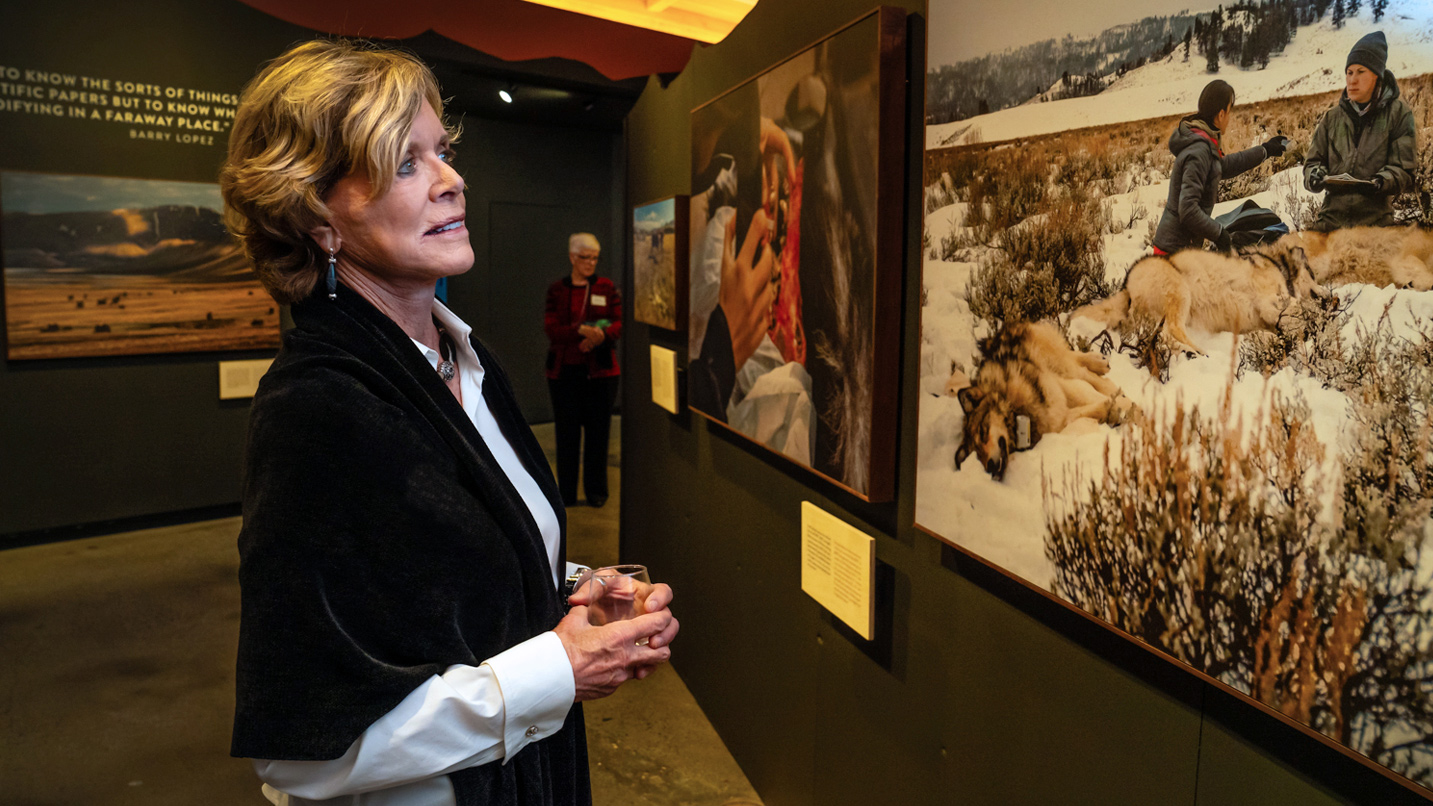
Take an Intimate Look at the Lives of Wolves
The gray wolf has roamed North America for many thousands of years, yet few people encounter these shy and stealthy wild canines. National Geographic explorer and photographer Ronan Donovan spent years documenting the behavior of wolf packs in the Greater Yellowstone Ecosystem and the Canadian High Arctic. “Wolves: Photography by Ronan Donovan” (on display through February 11, 2024) offers rare insights into their little-known lives. Images and videos capture pups at play, a pack collaborating on a hunt and affectionate interactions among pack members.
The exhibition also addresses the complicated relationship between wolves and humans. Hunted to near extinction in the Lower 48 states in the early 1900s, the wolf was one of the first animals listed as endangered in the 1970s. They have made a comeback in portions of their original range, including Oregon. “My hope is that through understanding and connection with these wild wolves, people can learn to coexist with them,” says Donovan.
The growing wolf population in the high desert ecosystem makes the exhibition especially timely. “We don’t shy away from challenging topics,” notes Hayley Brazier, the High Desert Museum’s Donald M. Kerr curator of natural history. “We approach them in a way that’s educational, not confrontational.”
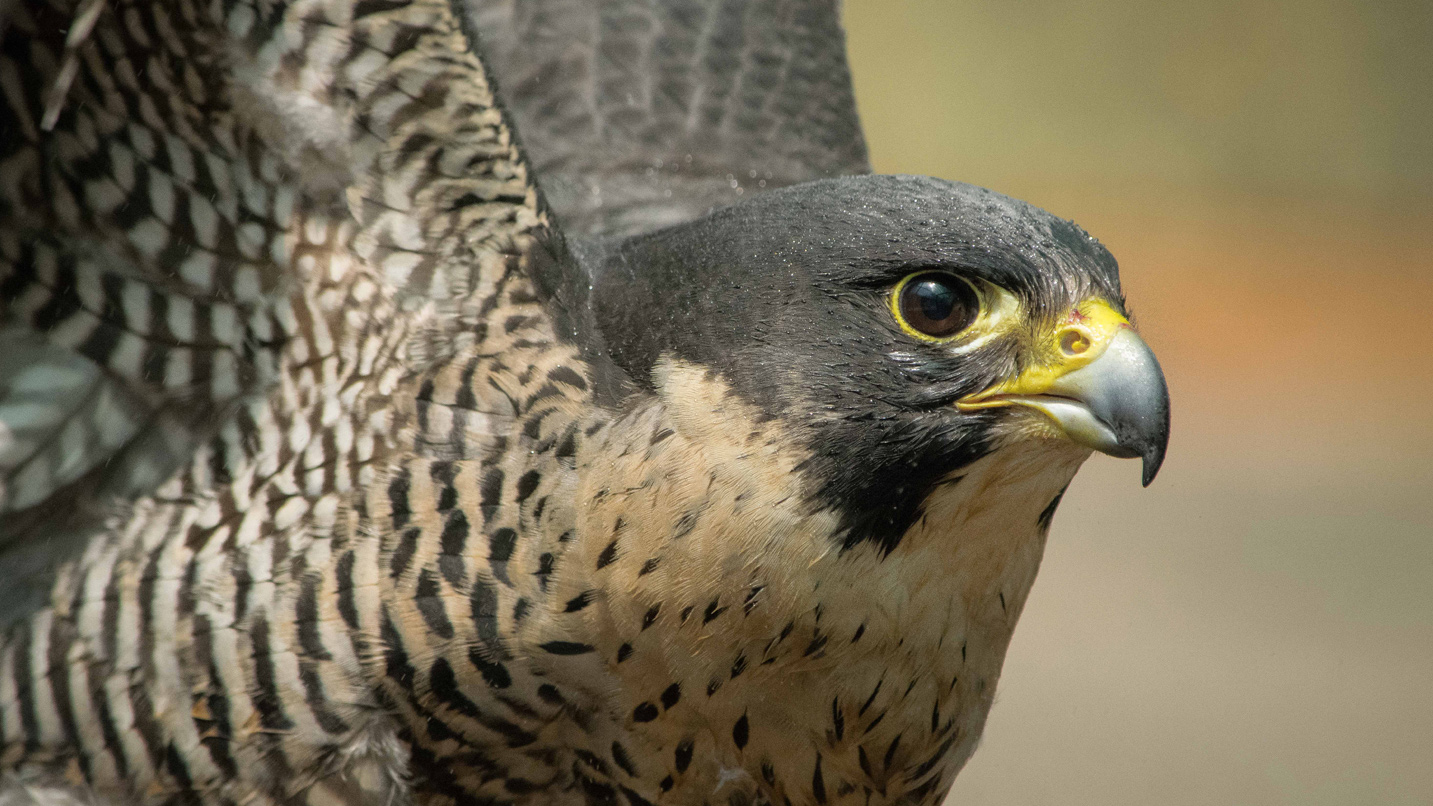
Learn About the Endangered Species Act’s Impact in Oregon
Wolves are just one of many vulnerable species in Oregon. “Endangered in the High Desert” (on display through July 7, 2024) examines the diversity of plants and animals at risk in the region, from recognizable mammals and birds to lesser-known species like the Oregon spotted frog, western bumblebee and Applegate’s milk-vetch (a plant found only in the Klamath Basin).
A floor-to-ceiling map and mural span the Collins Gallery, highlighting 24 species. Photographs and illustrations depict plants and animals in the varied waters and landscapes where they’re found, so visitors learn how the success of these species is intertwined with the health of their habitats. Opening panels on the mural reveals more information on each plant or animal.
Visitors can step outside the exhibition halls onto the museum’s 135-acre grounds to come face-to-face with some of those animals. Seven threatened or previously threatened species live in the museum’s care: a peregrine falcon, bald eagle, desert tortoise, bull trout, steelhead trout and two fish: the Foskett speckled dace, a minnow native to a single spring in remote Eastern Oregon, and the Warner sucker, also found in a small desert habitat. Twice a day the museum hosts the Bird of Prey Encounter, where you might meet Hope, a peregrine falcon with a severely injured wing, or Phillip, a golden eagle who recovered from lead poisoning. And thanks to the Endangered Species Act, you just might see magnificent raptors soaring free in the Oregon skies, too.

